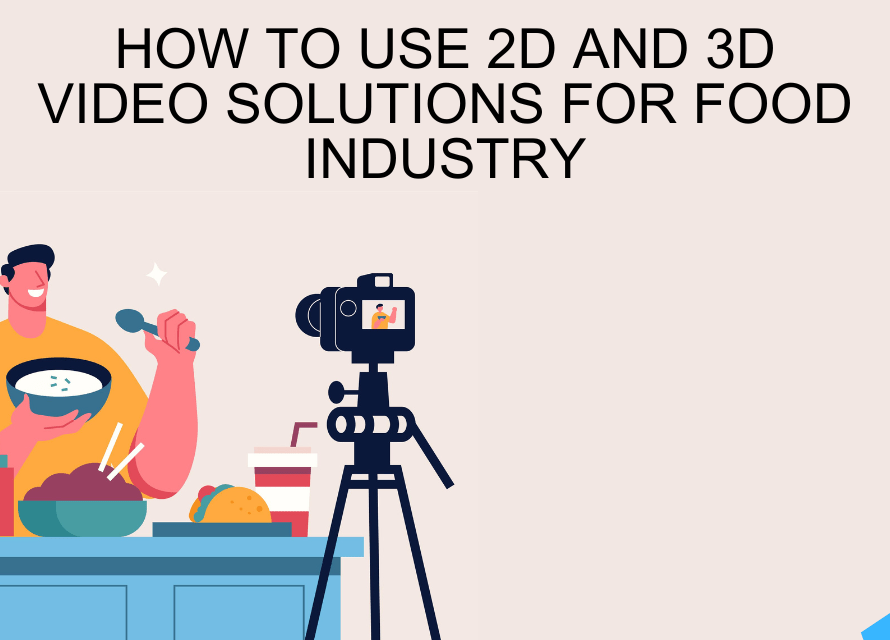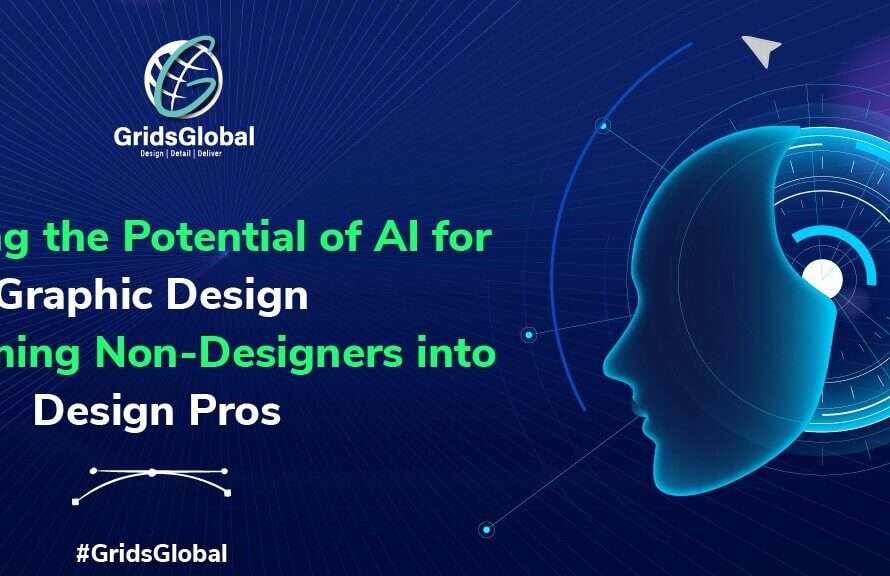Production of 3D design
3D design is a type of graphic design that involves creating three-dimensional objects or environments using specialized software. 3D design is often used in video games, movies, product design, and architecture, and can be an incredibly powerful tool for creating immersive and engaging visual experiences. Here are some key principles of 3D design in graphic design:
Understanding of Perspective: A good 3D designer must have a strong understanding of perspective and how it works. This includes understanding concepts such as vanishing points, foreshortening, and depth perception.
Mastery of 3D Software: 3D design requires specialized software such as Blender, Maya, or 3D Studio Max. A good 3D designer must be proficient in using these tools and be able to create complex 3D models with ease.
Attention to Detail: In 3D design, small details can make a big difference. A good 3D designer must pay attention to the details, from textures and lighting to the overall composition of the scene.
Lighting: Lighting is a crucial element in 3D design. A good 3D designer must be able to use lighting to create depth and dimensionality in the scene, and to highlight important elements.
Texturing: Texturing is another important element in 3D design. A good 3D designer must be able to create textures that are realistic and add to the overall visual experience.
Animation: 3D design often involves creating animated objects or environments. A good 3D designer must be able to create realistic animations that are engaging and visually appealing.
Problem Solving: 3D design can be a complex and challenging process, and a good 3D designer must be able to solve problems quickly and creatively in order to achieve the desired result.
Overall, 3D design is an exciting and challenging field that requires a combination of technical skills and creative vision. By mastering these principles, 3D designers can create immersive and engaging visual experiences that captivate audiences and bring ideas to life.



